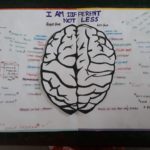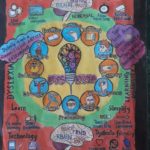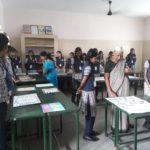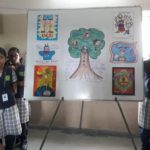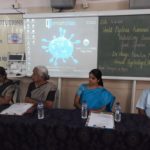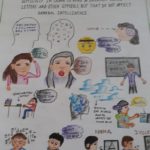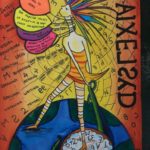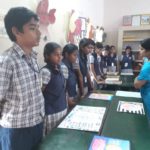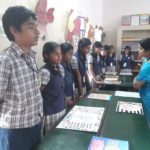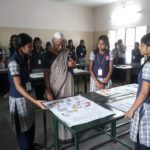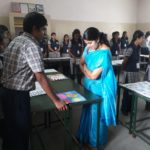What Is Dyslexia?
Reading is complex. It requires our brains to connect letters to sounds, put those sounds in the right order, and pull the words together into sentences and paragraphs we can read and comprehend.
People with dyslexia have trouble matching the letters they see on the page with the sounds those letters and combinations of letters make. And when they have trouble with that step, all the other steps are harder.
Dyslexic children and adults struggle to read fluently, spell words correctly and learn a second language, among other challenges. But these difficulties have no connection to their overall intelligence. In fact, dyslexia is an unexpected difficulty in reading in an individual who has the intelligence to be a much better reader. While people with dyslexia are slow readers, they often, paradoxically, are very fast and creative thinkers with strong reasoning abilities.
Dyslexia is also very common, affecting 20 percent of the population and representing 80– 90 percent of all those with learning disabilities. Scientific research shows differences in brain connectivity between dyslexic and typical reading children, providing a neurological basis for why reading fluently is a struggle for those with dyslexia.
Dyslexia can’t be “cured” – it is lifelong. But with the right supports, dyslexic individuals can become highly successful students and adults.
Ref: http://dyslexia.yale.edu/dyslexia/what-is-dyslexia/


